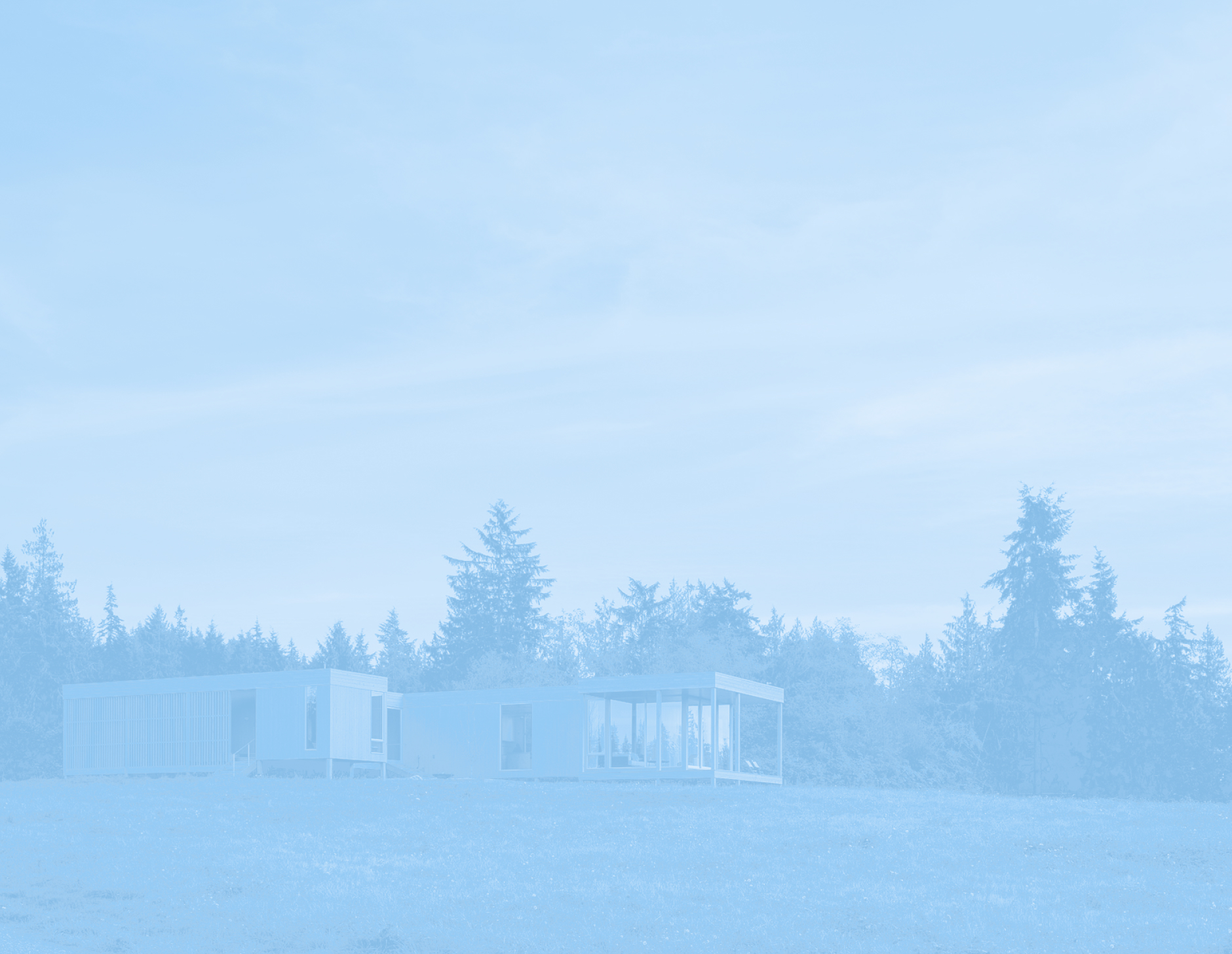
Change is the only constant, but it's up to us to shape it through collective vision and concerted effort. At Sawhorse Revolution, we recognize we exist in a rapidly changing world, and it is our duty to build the infrastructure that shapes this change to benefit our communities. This act of shaping is similar to the formwork built before a foundation is poured — both are temporary and simply meant to create space for something longer lasting to form.

We leverage our non-profit status and industry relationships to create programs that address emergent community needs or infrastructure demands of grassroots organizations, also shaping change. Our teams (neighborhood youth, with program coordination staff, and professional design and build mentors) collaborate with and support a community client to bring a needed structure to life. We see this process as the foundation of a revolution: a return to another way of making, in which the community calls out with a need, and the community answers to fill it.
In this symbolic foundation, our concrete is our students; they are the mass we seek to organize toward revolutionary work. We use project-based learning as a model to explore the principles of architecture and carpentry, collaboratively working toward a common goal. In this model, students are free to fill different roles, leaning on their own strengths and stretching to explore their interests. Our students learn about design, construction, and community work not through rote histories and practiced presentations, but through hands-on work, dialogue, and critical thinking. As Paulo Freire describes in Pedagogy of the Oppressed, “Liberating education consists of acts of cognition, not transferals of information.”

Our rebar are the mentors: strengthening the concrete and providing structural support for our programs. Our mentors are professional designers and builders who volunteer their time and share their skill sets and experience with our youth. They keep our students together and focused on our collective goal. Their mission is to demystify their disciplines, to be a safe and stable adult in the room or on the jobsite, sharing knowledge to empower the youth in new fields. Working shoulder to shoulder, with all participants seeking to solve a problem together, democratizes the learning process and gives space for students to bring their own passion and creativity into the project.

Our program staff serve as the form-builders. Before the program, we invite the students in, then select mentors with appropriate experiences and skill sets, and once everything is in place, we initiate the pour. A crucial part of our form-building is community agreements. These set the guidelines for how everyone interacts with each other. During the program, we carefully ensure these community agreements still hold and reinforce or patch them if needed. This repair work is crucial in the foundational stage. Before relationships solidify, conflict and harm are disastrous to the trust and respect inherent in the foundation of a collective.

The ground we build on is never level or flat, and the material we build with is never straight or square. As builders, we spend 90% of our time compensating for these inconsistencies. The same can be said in our relationships. We all show up with a unique set of experiences, and our own relationship with the world we live in today, with race and other socioeconomic factors influencing those experiences.
When we build too quickly and ignore these inconsistencies between our relationships, we inevitably build relationships that are doomed to fail. Not because the concrete and rebar don’t form a foundation, but because the foundation cracks under pressure. Look around you: how many organizations go nowhere or fall apart due to internal conflict? Every mistake you make when building a foundation is amplified when you go upward.
In our programs, we don’t judge our students based on attendance and participation; instead, we build meaningful relationships to support and uplift our students who are struggling from the inequalities of capitalism. We accomplish this by holding a space that they can come to where they feel safe and their needs are met. As form builders, if we have done our job correctly, we can peel away the forms and leave the foundation intact. When the foundation has set, we are no longer needed; we pack up our dusty plywood and move on to another project. Our students have found, or grown in, their power and can use their skills to effect change in the community. And the work continues.







.jpg)

.jpg)
